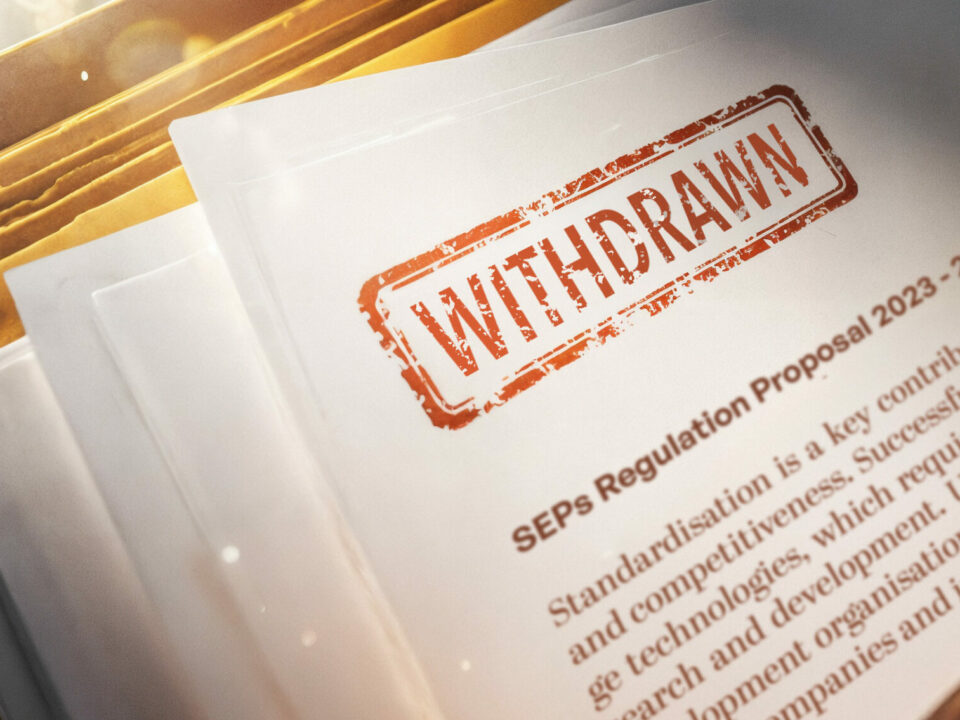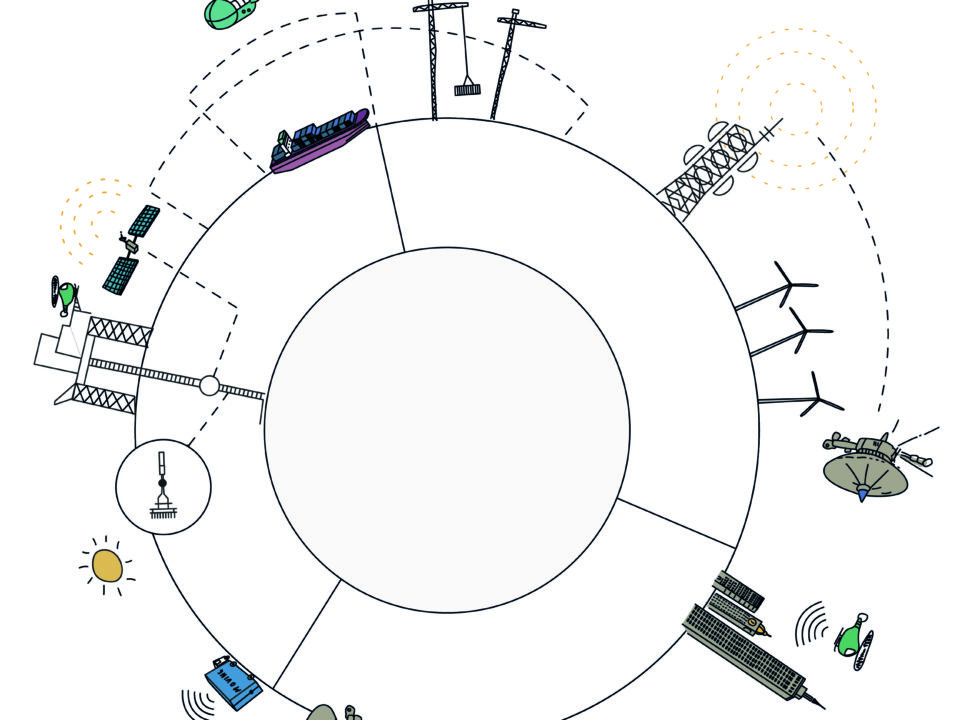Litigation is inadequate to address hold-out
The widespread use of hold-out as a business strategy is a growing problem. Unlike other unlicensed uses of IP rights, hold-out strategies are employed based on deliberate corporate calculations as to the potential costs, benefits, and risks involved. Hold-out threatens the functioning of the open standards ecosystem, which is built on negotiated FRAND licences – not on litigation.
SEP owners prefer good faith licence discussions and a negotiated outcome over costly and lengthy litigation procedures. However, when confronted with an infringer unwilling to enter into a constructive licence discussion, recourse to patent enforcement via courts is necessary.
Litigation is a last resort solution; it is not an effective – and certainly not a cost-effective – way to address systemic hold-out behaviour. There are many reasons for this, and we would welcome the chance to discuss this in more detail with European policymakers.
One problem is the fundamental difference between SEP litigation and SEP licensing. The latter is focused on a (global) portfolio approach covering all the patent (families) owned by a SEP owner, the former is organised per country and typically only equipped to deal with a few (national) patents. Portfolio licensing of SEPs is the industry norm, and it is an effective and efficient approach to ensure access to the standardised technology across global value chains.
Overall, the particulars of patent litigation in Europe make it impossible for SEP owners to recuperate all the losses that result from the use of hold-out strategies. To fully appreciate this, below we address three main misunderstandings that are often heard in the discussions around SEP litigation.
• 1st misunderstanding: Injunctions are automatic and problematic
Since 2015, the grant of injunctions for SEPs is subject to conditions set by the decision of the CJEU in the Huawei/ZTE case. Courts in the EU have used this Huawei/ZTE framework to evaluate the request for injunctions. Recent case law from different EU Member States such as Germany and The Netherlands, includes decisions that rejected the request for an injunction, or stayed a granted injunction in case of appeal proceedings, or made the enforcement of the granted injunction subject to very high guarantee deposits (such as a seven billion euro deposit in Nokia v Daimler) thereby effectively rendering the granted injunction unusable. Therefore, injunctions are not granted automatically.
In addition, the grant and enforcement of injunctions can be avoided by good faith implementers. The threat of an injunction can be an effective incentive for a licensee to engage in constructive discussions as injunctions for SEPs are not a problem for truly willing implementers.
• 2nd misunderstanding: Damages are a sufficient FRAND compensation
As indicated above, SEP litigation is organised per country and typically only equipped to deal with a few (national) patents. Damages granted by a court for one or two litigated patents cannot be compared with a licence agreement to an SEP portfolio often containing many hundreds of SEP families. It is impossible (and not desirable) to litigate all patents of a SEP portfolio in an attempt to obtain, via damages, a FRAND compensation.
Furthermore, at present, damages seem to be capped at a FRAND level. This is surprising. Imagine a situation where the financial risk (the penalty) for not taking a train ticket would be capped at the price of the train ticket. Would it not be reasonable to assume that such cap would trigger a steep decline in ticket sales? Passengers would likely wait for the train conductor to pass by and pay only if they cannot avoid it.
As with other IP rights, such as copyrights and trademarks, courts should be able to award damages for unlicensed SEP uses that both adequately compensate for the injury caused by their illegal activities and ensure that the infringers are not unjustly enriched.
• 3rd misunderstanding: Litigation costs are fully recuperated by the ‘winning’ party
The costs associated with the litigation process itself cannot be fully recuperated under the rules in different European countries for reimbursement by the losing party. The amounts that courts require to be paid by the losing party represent a fraction of the real cost. These real costs include much more than the direct costs of the lawyers representing the case in court – and even those direct costs are already not fully reimbursed by the losing party to the winning party. A patent infringement case requires many hours of internal preparation by technical and commercial teams, by patent attorneys, by management and legal support teams. These internal direct costs as well as the indirect effects they have, are not considered by the courts at all.
Not only are the litigation costs that the losing party may have to pay totally insufficient to fully compensate the winning party, they are also not a serious deterrent that can convince unwilling parties to try to avoid patent litigation.
Finally, today there is a lack of judicial guidelines for calculating damages, and an arguably unreasonable burden concerning the proof of actual injury. Reasonable guidelines on the calculation of actual damages could contribute to addressing the first problem.



